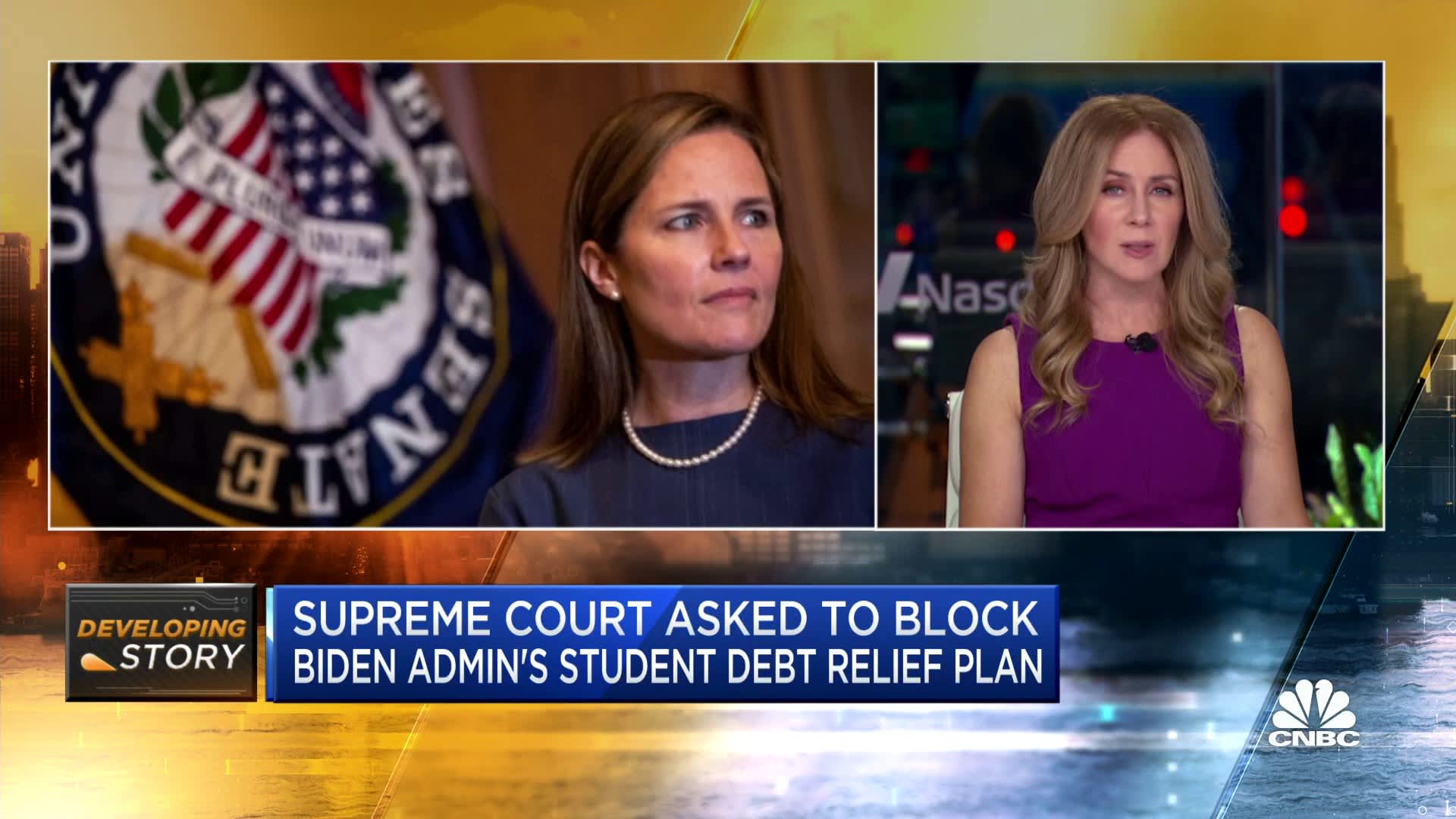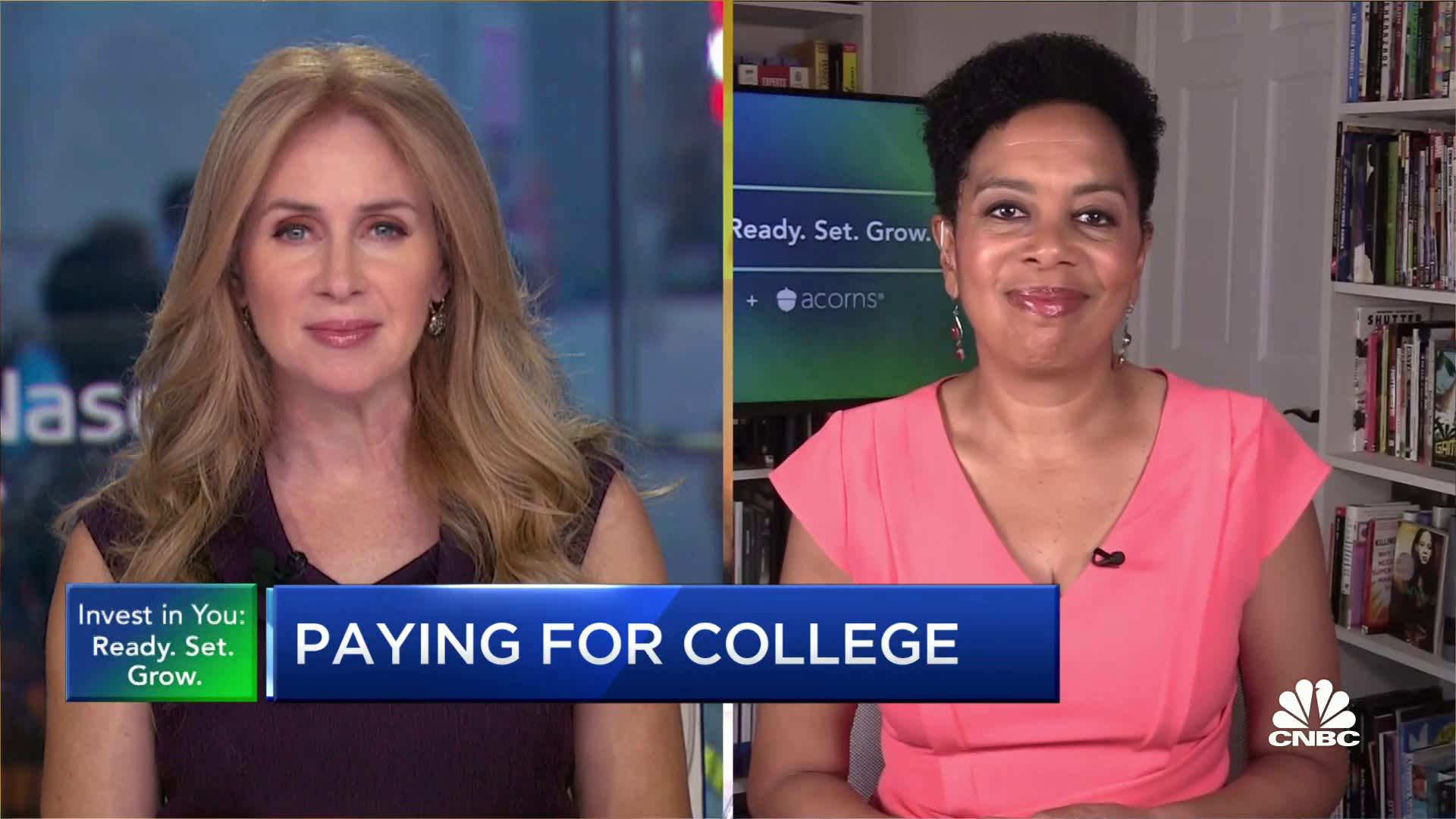
College costs keep climbing.
And yet, this year’s increases in tuition and fees were very low by historic standards, according to a new report by the College Board, which tracks trends in college pricing and student aid.
For the 2022-23 academic year, average tuition and fees rose by 1.6% to $3,860 for students at two-year schools, 1.8% for in-state students at four-year public colleges, reaching $10,940, and 3.5% for students at four-year private institutions, to $39,400.
After adjusting for inflation, average tuition and fees declined across the board.
More from Personal Finance:
These colleges promise no student debt
This is the best time to apply for college financial aid
Colleges struggle with enrollment declines, underfunding
Historically low increase in tuition is ‘welcome news’
“More colleges and universities raised tuition and fees this year than last year. However, the average increases in the public sectors are still low by historical standards,” said Jennifer Ma, senior policy research scientist at College Board and co-author of the report.
The net price — or tuition and fees minus grants, scholarships and education tax benefits — was also lower after adjusting for inflation, the College Board found.
“That is welcome news for families and students,” Ma said, especially as inflation causes real wages to decline.

Still, college costs have already reached unsustainable levels, many experts say.
Deep cuts in state funding for higher education have contributed to significant tuition increases and pushed more of the costs of college onto students, according to an analysis by the Center on Budget and Policy Priorities, a nonpartisan research group based in Washington, D.C.
Because so few families can shoulder the burden, they have increasingly turned to federal and private aid to help cover the tab, pushing outstanding student debt to $1.7 trillion.
Some students have opted out of school entirely.
11th year of declines in annual loan borrowing
Annual education borrowing also declined in 2021-22, falling for the 11th consecutive year, the College Board said.
Among graduates of four-year colleges, both the share of bachelor’s degree recipients who borrowed and the average amount borrowed declined. Overall, Students and parents took out $94.7 billion in education debt last year, down from $141.6 billion roughly a decade earlier when average federal loans per student peaked.
However, part of the decrease in student debt is due to the number of undergraduate students unenrolling in college, who are often those that can least afford it.
To make higher education more accessible, a growing number of institutions are also eliminating student loans altogether.

